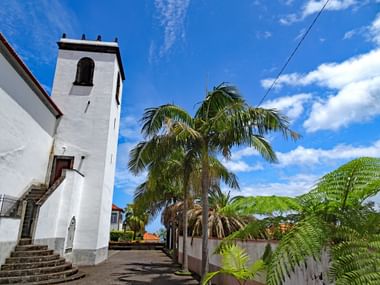Sunbeams glisten on snow and ice, transforming the world into a fairytale landscape. Why shouldn't we go cycling?


Sunbeams glisten on snow and ice, transforming the world into a fairytale landscape. Why shouldn't we go cycling?
However, there are a few precautions that need to be taken, especially when it comes to slippery conditions caused by ice and snow. Nowadays, many cycle paths are maintained in winter and are therefore cleared and gritted, but some are not. Good winter tyres with a sufficiently coarse tread and a softer rubber compound for good grip on the ground are therefore essential to prevent slipping. Even tyres with metal studs are now available for bicycles and are also permitted. Reducing the air pressure in the tyres also helps to improve grip, as this gives them a larger surface area for traction.
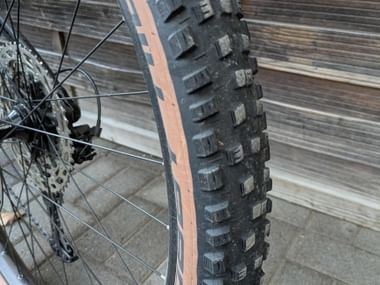
Lighting is particularly important during the dark winter months. Front lights, rear lights and reflectors are a given. But for good visibility, you also need reflective strips around the tyres, yellow reflectors in the spokes of the wheels and/or spoke sticks, and reflectors on the pedals. Reflectors or reflective applications can also be attached to cycling clothing or are already incorporated into it, as well as to rucksacks, bags and panniers. Last but not least: light-coloured clothing is more visible than dark clothing!
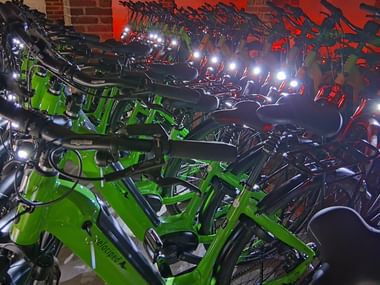
As always, you should dress according to the onion principle, i.e. wear several layers on top of each other. Breathable cycling clothing or clothing made of merino wool is the best choice so that you don't sweat too much and, if you do, it dries quickly: e.g. undershirt, long-sleeved cycling jersey, long cycling trousers, a thin hat that fits under your helmet, fleece jacket, Tex jacket. To protect against wetness and rain, you should pack a water-repellent or waterproof rain jacket and trousers. Your hands are protected by waterproof cycling gloves. Warm, waterproof overshoes or gaiters protect your feet. There are waterproof covers for helmets. You should also choose a light colour and, if necessary, one with reflective elements.
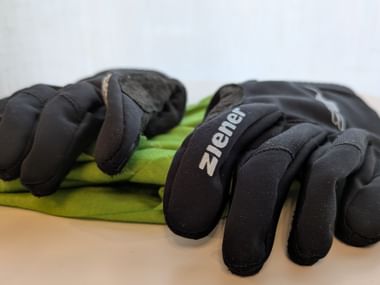
When the thermometer drops, the body needs extra energy to keep warm. Energy reserves need to be replenished. That's why you should think about energy or muesli bars, bananas or nuts, maybe even gingerbread and Christmas cookies (why not?). Water or tea should always be at hand, because the body dehydrates even in colder temperatures. Even in winter, you can sweat and lose electrolytes, salts, etc. An isotonic sports drink is therefore a good idea.
Follow these tips and ride carefully, and you'll have fun cycling in Winter Wonderland.
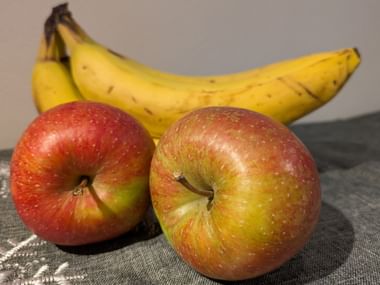
But we at Velociped know that cycling in colder temperatures isn't for everyone, so we've made provisions: how about a cycling trip to warmer climes? Madeira entices visitors with its blooming diversity, orchids and mild temperatures. In Cuba, you can experience Caribbean ease, wonderful powder sugar beaches, music, salsa and more. In Vietnam, fascinating buildings, the famous Ha Long Bay and, last but not least, Asian delicacies await you. Where does the sun shine brightest for cyclists in winter? Find out for yourself!
